Walking through Europe’s University Quarters feels like stepping through time itself. Ancient stones whisper stories of scholars who shaped our world, from Oxford’s dreaming spires to the medieval halls of Bologna.
Europe’s oldest academic institutions, some dating back nearly a thousand years, offer travelers a unique glimpse into the continent’s intellectual heritage. They also surround visitors with stunning architecture and vibrant student culture.
I discovered this firsthand while wandering the narrow cobblestone streets of university towns across Europe last summer. These academic quarters aren’t just historic sites—they’re living, breathing communities where centuries-old traditions blend with youthful energy.
In places like Oxford, Salamanca, and Heidelberg, you’ll find yourself surrounded by buildings where world-changing ideas were born.
What makes these university quarters so special is how they connect us to a continuous thread of human curiosity. When you sit in a café once frequented by famous philosophers or browse bookshops where literary giants found inspiration, you’re participating in traditions of learning that have endured despite wars, plagues, and revolutions.
These spaces invite both scholarly reflection and pure enjoyment—whether you’re admiring architectural details or simply soaking up the atmosphere in a student pub.
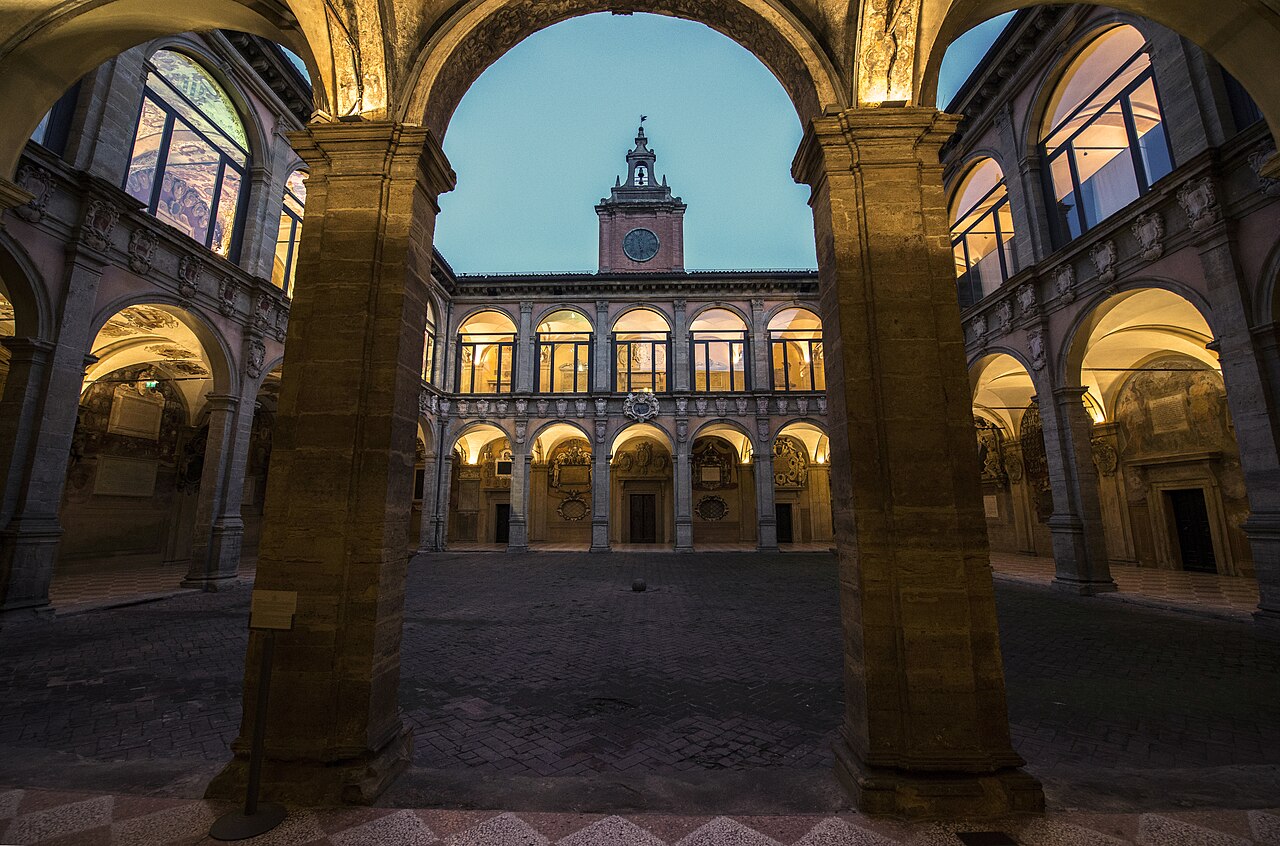
The Cradle of European Academia
The foundations of European academia stretch back to ancient times, creating a rich tapestry of intellectual traditions that shaped our modern educational systems. These early academic centers emerged from a combination of religious influence, political support, and the human desire for knowledge.
Historical Foundations
The concept of organized education in Europe traces its roots to ancient Greece. The Platonic Academy, founded around 387 BCE, established a model for intellectual communities devoted to learning and debate. This tradition spread throughout the Mediterranean during the Roman period.
After the fall of Rome, monasteries preserved learning during the early Middle Ages. Monks copied manuscripts and maintained small schools.
By the 11th century, cathedral schools in cities like Paris, Bologna, and Oxford began teaching beyond basic religious education.
The first true universities emerged in the 12th and 13th centuries. Bologna (1088) focused on law, while Paris (1150) specialized in theology. These institutions created the framework for academic degrees and scholarly disciplines we recognize today.

Iconic Institutions and Locations
The University of Prague, founded in 1348 by Emperor Charles IV, became Central Europe’s first university. Its stunning Gothic architecture still graces the Czech capital’s skyline.
In Italy, the University of Bologna pioneered student governance, where scholars collectively hired and evaluated professors. This democratic approach influenced many later institutions.
Oxford and Cambridge developed the college system, creating small communities within the larger university. Their distinctive quads, chapels, and dining halls created an architectural template widely copied.
Salamanca University in Spain features remarkable Plateresque facades that showcase the wealth academic institutions accumulated. Many early universities occupied former religious buildings, reflecting their origins.

Influence of Religion and Politics
The Catholic Church initially dominated European universities, with theology considered the highest form of study. Most professors were clergymen, and institutions needed papal approval to award degrees.
Political leaders recognized universities’ value for training government officials and strengthening national identity. Kings and princes competed to establish prestigious institutions in their territories.
The Reformation created religious divisions that reshaped academia. New Protestant universities emerged in northern Europe, while Catholic institutions became more doctrinally rigid.
The Russian tradition developed later, with Tsar Peter the Great founding the first Russian university in 1724. This reflected his desire to westernize Russian society and build a modern state bureaucracy.
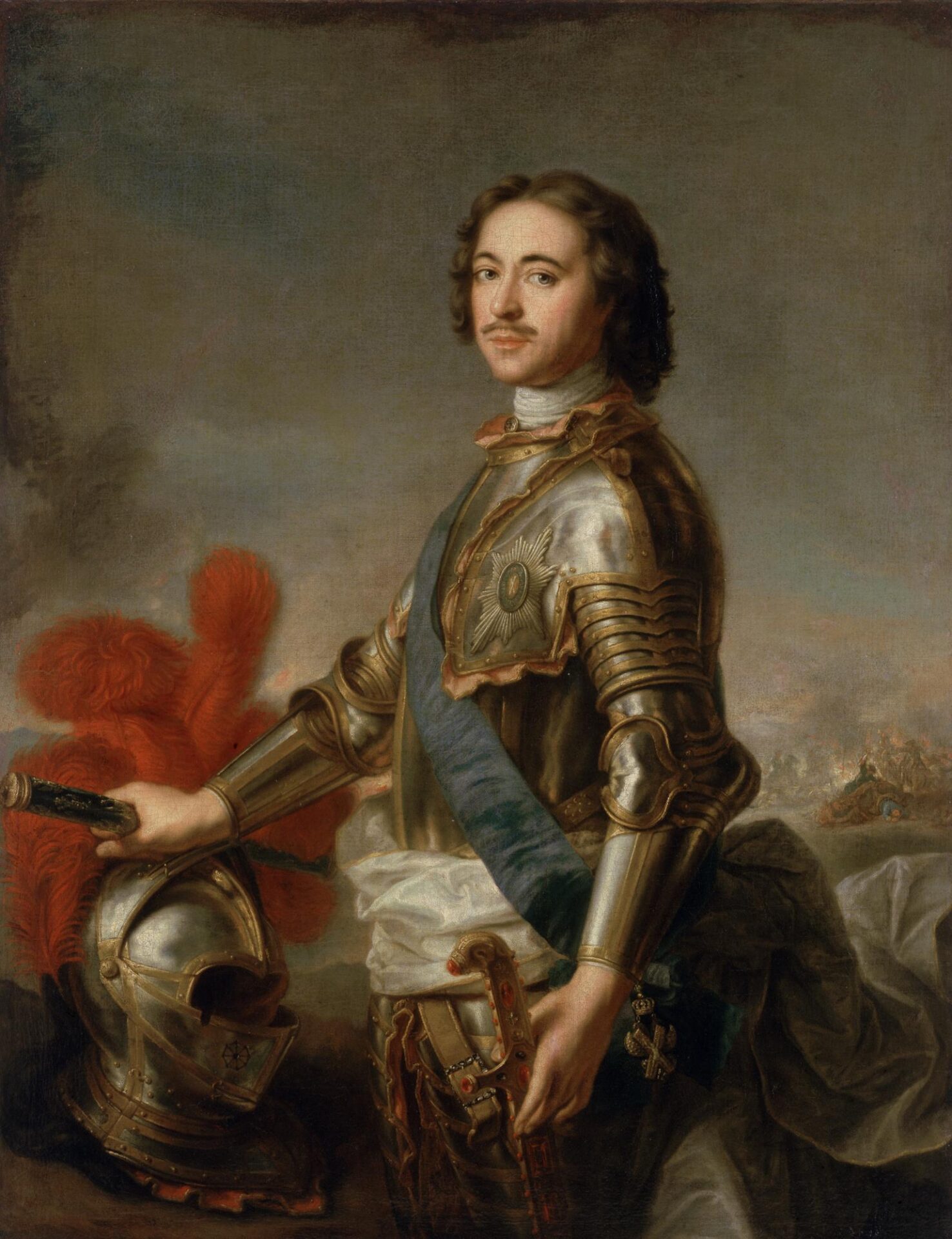
Legacy of Knowledge: Disciplines and Studies
European universities have preserved and advanced knowledge across various disciplines for centuries, creating rich academic traditions that continue to shape modern education.
Evolution of European Literature
In the oldest university quarters of Europe, I’ve observed how literature departments maintain connections to medieval scholarly traditions. Many universities house rare manuscript collections dating back to the 12th century, allowing students to physically connect with literary history.
Walking through Oxford’s Bodleian Library or Bologna’s archives, you can see how European literature evolved from religious texts to secular works. These institutions don’t just preserve old books—they actively use them in teaching.
What impressed me most was seeing professors incorporate manuscripts into digital humanities projects. Students now use advanced technology to analyze texts that monks once copied by hand.
Many universities offer specialized courses in medieval and Renaissance literature that attract international scholars. These programs help maintain Europe’s literary heritage while developing new critical approaches.

Anthropological Discoveries in Academia
European academic traditions have significantly shaped how we understand different cultures and societies. University anthropology departments emerged in the 19th century, though their roots trace back to earlier exploration accounts.
I was fascinated to learn that many university museums hold artifacts collected during the early days of anthropological studies. These collections now prompt important discussions about cultural heritage and repatriation.
In places like Cambridge and Leiden, I’ve seen how anthropology departments balance their historical legacy with modern, ethically-mindful approaches. They’re increasingly collaborating with source communities.
Students engage with both classical anthropological theories and decolonizing practices. This dual focus creates a rich learning environment that acknowledges past contributions while addressing historical biases.
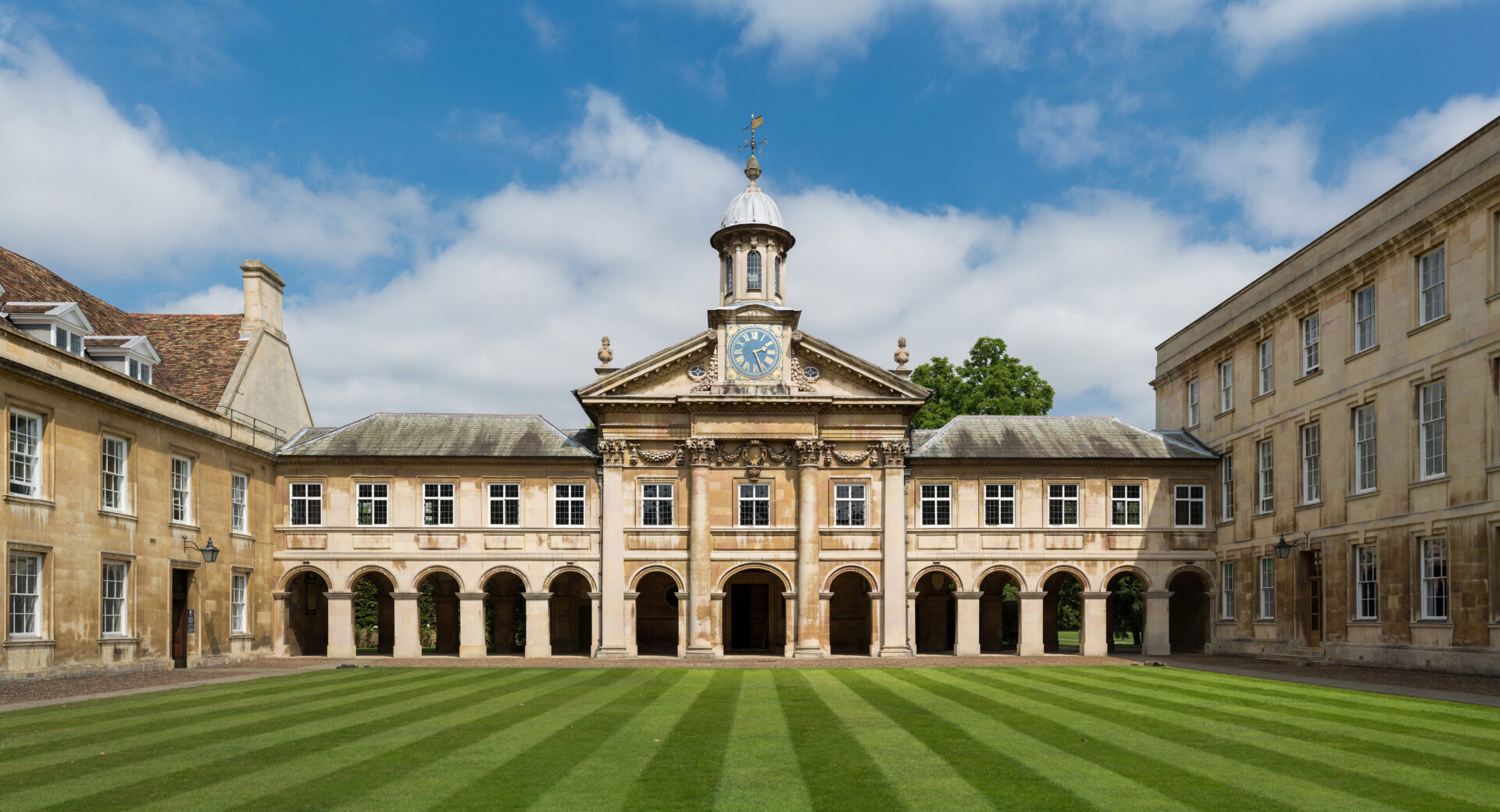
The Interplay of Language and Culture in Education
Visiting Europe’s historic universities, I’ve been struck by how language departments serve as cultural bridges. Many universities maintain centuries-old traditions of teaching multiple languages, creating multilingual academic communities.
These institutions pioneered linguistic studies that went beyond grammar to explore how language shapes cultural identity. Early comparative linguistics work at universities like Berlin and Paris established foundations for today’s language studies.
I’ve noticed that language centers in historic university quarters often combine traditional philology with modern sociolinguistic approaches. Students learn not just vocabulary but cultural contexts.
Digital language labs now exist alongside ancient language collections, creating unique educational environments. These spaces allow for both preserving linguistic heritage and developing innovative teaching methods.
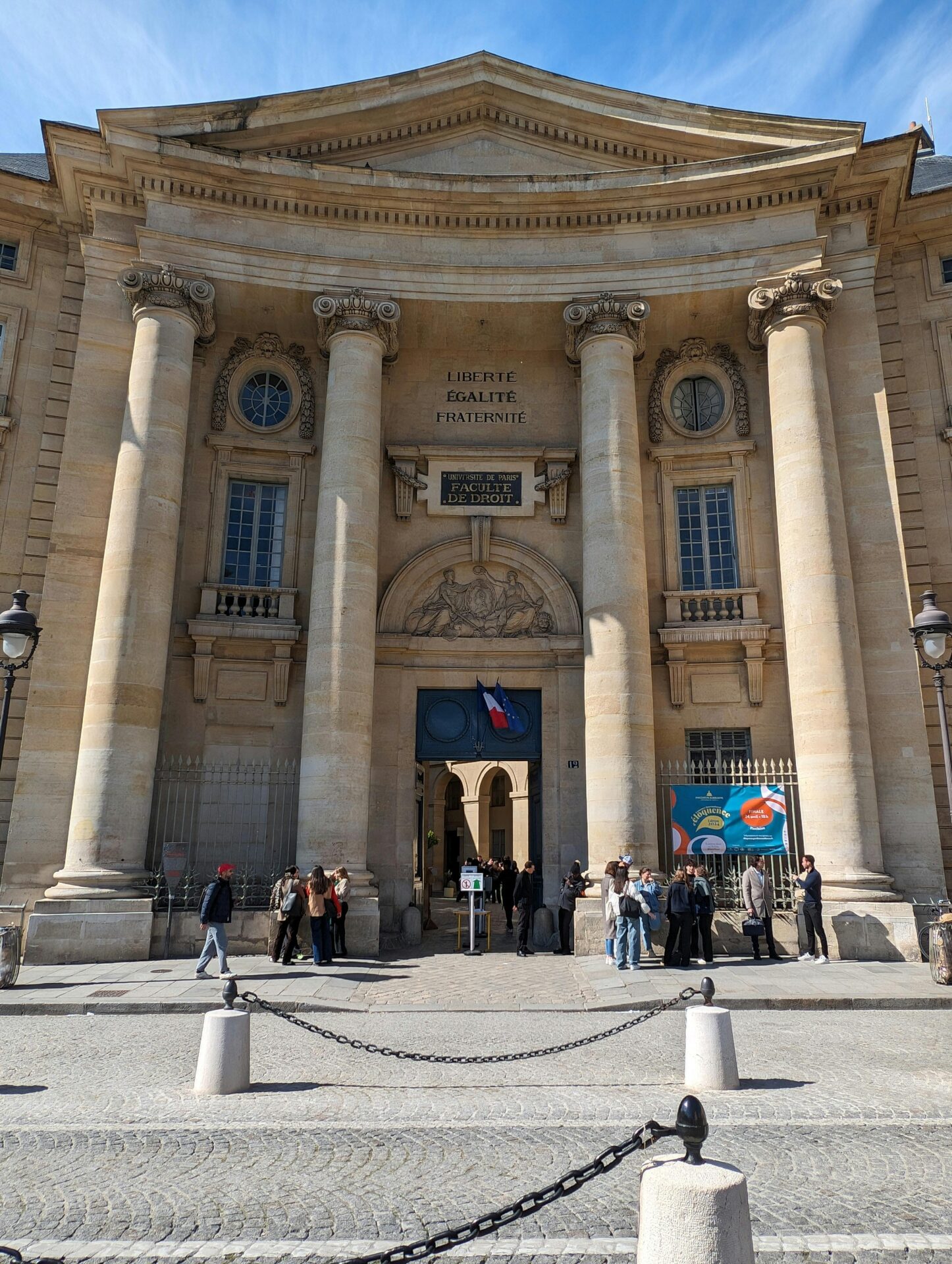
Cultural Impact and Societal Contributions
University quarters have shaped European culture far beyond academic boundaries, influencing art movements, scientific progress, and national identities in profound ways.
Arts and Politics: Pivotal Movements
University districts have long been hotbeds for artistic and political revolutions. In Paris’s Latin Quarter, cafés like Les Deux Magots became gathering spots where existentialist philosophers debated ideas that transformed 20th-century thinking.
During World War II, university communities often formed resistance networks. I’ve visited memorials at the University of Bologna honoring students who fought against fascism, their courage now woven into local folklore.
The film industry found inspiration in these settings too. In cinema classics like “The Third Man,” Vienna’s university area creates the perfect backdrop for tales of post-war intrigue.
Music scenes flourished in these intellectual spaces. Walking through Dublin’s Trinity College, I was reminded how student-driven folk revivals preserved cultural heritage while creating new artistic expressions.

Scientific Breakthroughs and Innovation
Europe’s oldest university quarters have been cradles of scientific revolution. Oxford’s laboratories contributed significantly to genetics research, with the double helix structure of DNA partly developed in its historic buildings.
I’ve toured Leiden University’s medical facilities where Boerhaave’s teaching methods transformed how medicine was taught throughout Europe. His approach prioritized observation and practical experience over theory alone.
Prague’s Charles University fostered astronomical discoveries that changed our understanding of the cosmos. Standing in the same courtyards where Kepler once taught, I felt connected to centuries of scientific inquiry.
These academic centers created environments where cross-disciplinary collaboration thrived. Ideas flowed freely between departments, leading to unexpected innovations that shaped modern technology.
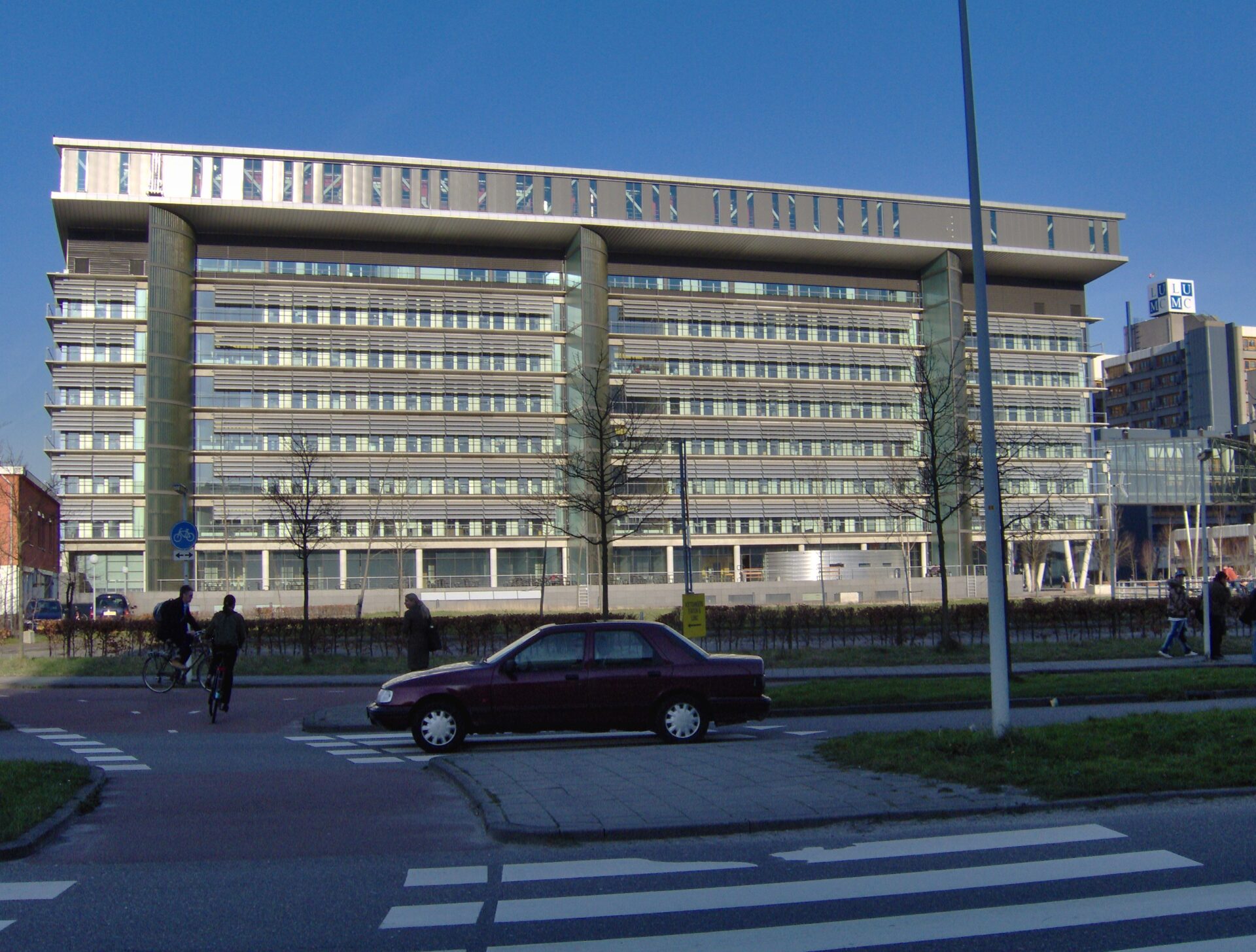
Universities and Their Role in National Identity
University quarters often became symbols of national pride and identity. The Sorbonne in Paris embodied French intellectual tradition during periods of imperialism, projecting cultural influence worldwide.
When visiting Kraków’s Jagiellonian University, I learned how it preserved Polish language and culture during foreign occupations. Its walls safeguarded national identity when political boundaries shifted.
These institutions shaped distinctive painting styles and architectural traditions. Gothic university buildings in Salamanca showcase Spain’s Golden Age prosperity, while influencing colonial designs across oceans.
Today, university districts continue defining national character. Cambridge’s punting traditions and Bologna’s porticoed streets have become iconic representations of their respective countries, attracting visitors seeking authentic cultural experiences.
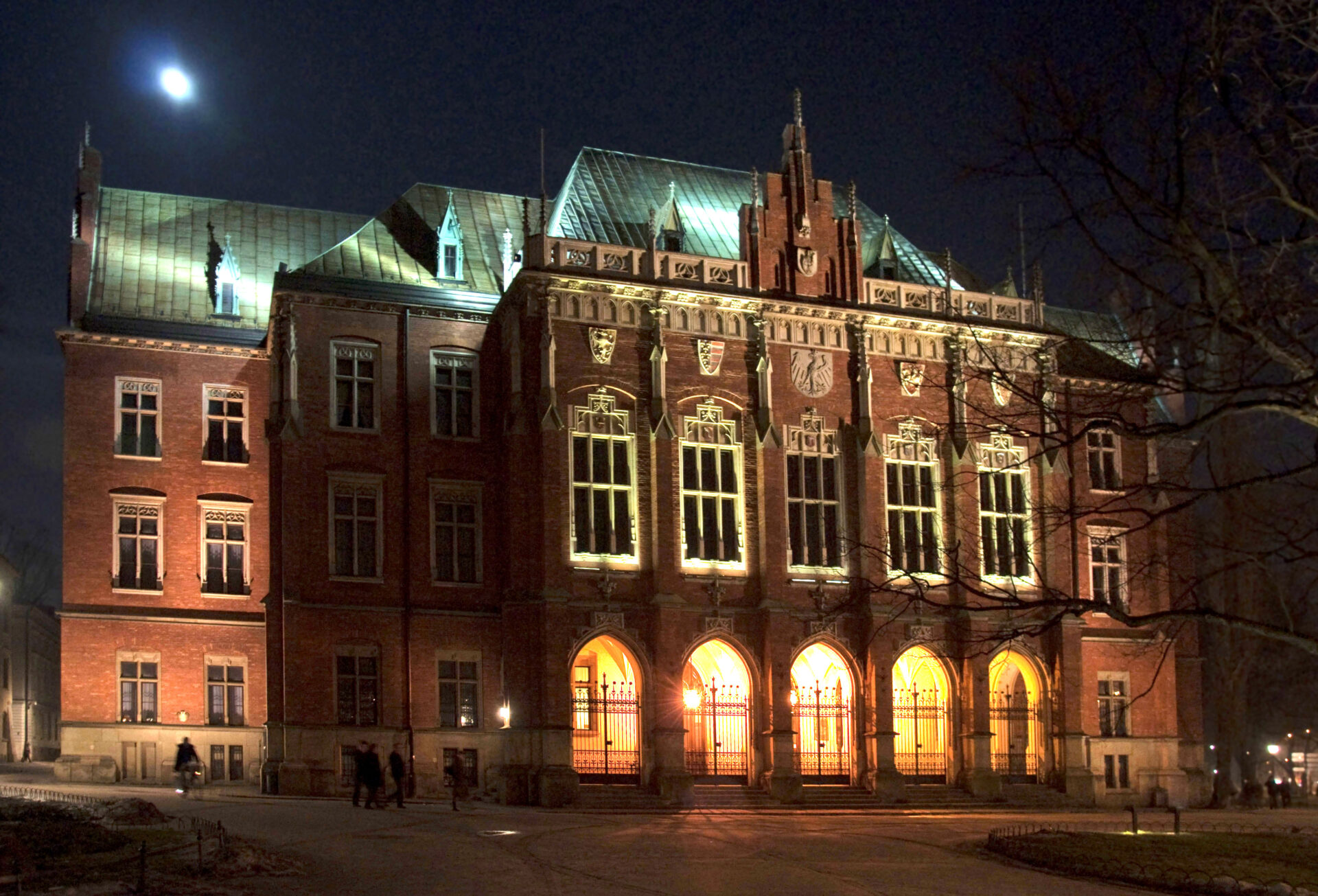
Exploring the Quarter: A Traveler’s Guide
When wandering through Europe’s historic university quarters, I’ve found that the true essence lies in their blend of architectural beauty, vibrant student culture, and unique culinary traditions. Each cobbled street tells stories of centuries of academic pursuit and cultural evolution.
Architectural Marvels and Museum Collections
The university quarters boast stunning architectural achievements that span multiple centuries. I recommend starting at the Sorbonne in Paris’ Latin Quarter, the world’s second oldest university, where Gothic façades stand alongside Renaissance additions.
The courtyards here seem frozen in time, offering a glimpse into medieval scholarly life. Many buildings are open to visitors during specific hours, so plan accordingly.
European collections housed in quarter museums are truly remarkable. The small archaeological museums often contain surprising treasures excavated during building renovations.
Don’t miss the specialized libraries with their ancient manuscripts and rare book collections. Some require advance reservations, but the effort is worthwhile to see centuries-old scientific instruments and academic artifacts.
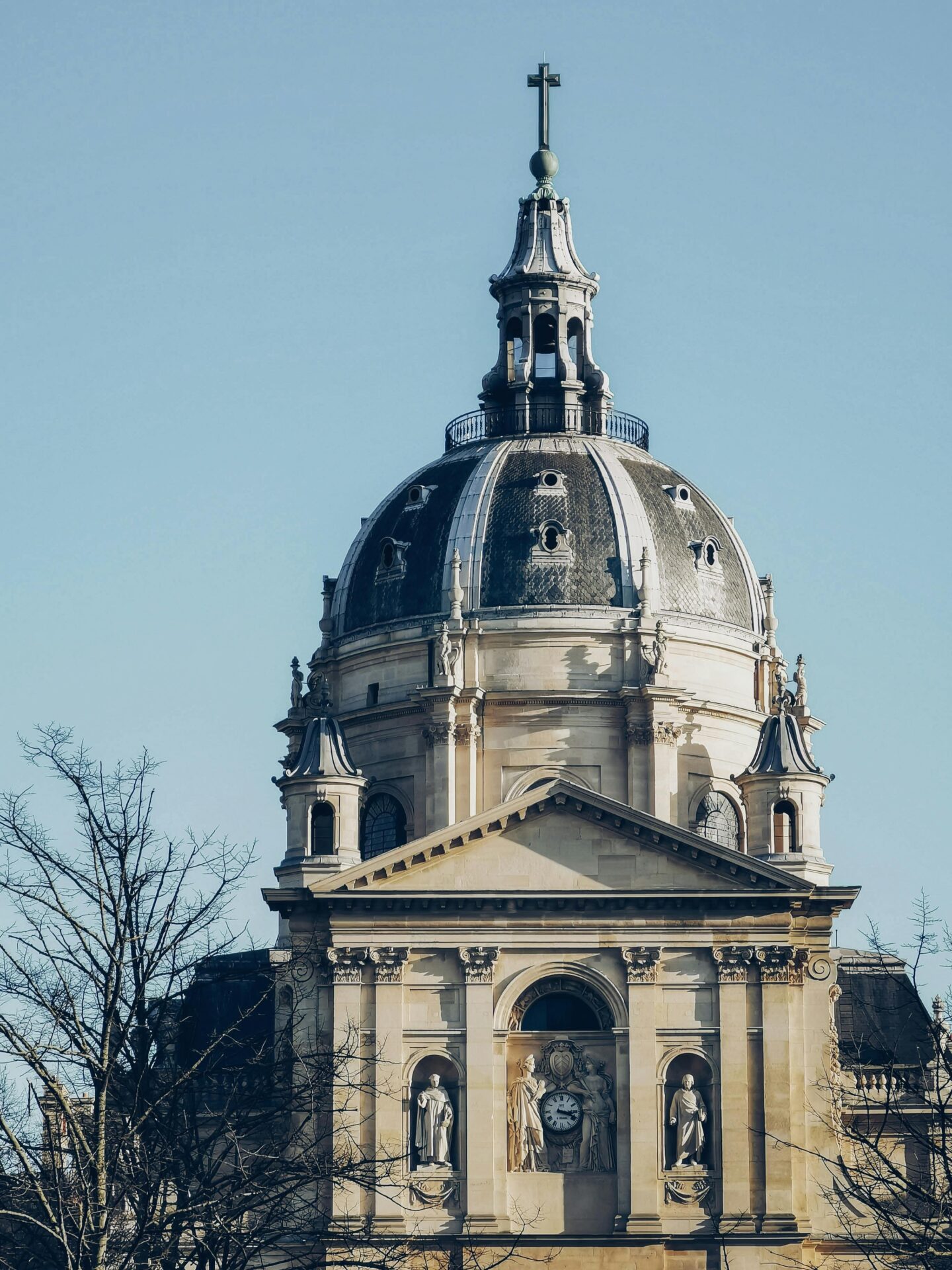
Bohemian Quarters and Student Life
Student neighborhoods have always been centers of creativity and intellectual freedom. As I stroll these areas, the energy is palpable – from impromptu debates in cafés to street performances in small squares.
The tradition of student activism runs deep. Many quarters display commemorative plaques noting historical protests against censorship or political oppression. These neighborhoods have fostered revolutionary thinking for centuries.
Modern student life blends seamlessly with tradition. Bookshops stay open late during exam periods, and seasonal celebrations follow academic calendars rather than conventional ones.
Visit during term time to experience authentic student culture. I’ve found late afternoon to be perfect for people-watching, when students spill out of lecture halls into local gathering spots.

Local Delicacies and Culinary Traditions
University quarters have developed unique food cultures shaped by student budgets and international influences. Traditional taverns once frequented by scholars now serve hearty, affordable meals with recipes passed down through generations.
I always look for small bakeries selling regional specialties. Many have been feeding students for over a century and offer insight into local culinary history. Coffee culture is particularly strong, with historic cafés once serving as meeting points for intellectual trading of ideas.
Market days transform quiet squares into bustling centers of commerce. Local farmers bring seasonal produce, creating a food scene that’s both authentic and accessible.
Don’t overlook university canteens – some are open to the public and serve traditional dishes at reasonable prices. My favorite experiences often involve finding these hidden culinary gems tucked away on side streets near campus buildings.

Pathways of Knowledge: Migration and Global Influence
Universities have long served as channels for ideas that flow across borders. Knowledge travels with scholars who move between institutions, creating networks that span continents and centuries.
Academic Migration and Intellectual Exchange
The movement of scholars across Europe created vibrant intellectual networks as early as the Middle Ages. I’ve traced how professors migrated between Bologna, Paris, and Oxford, carrying manuscripts and new teaching methods with them.
In Poland, the Jagiellonian University attracted scholars from across central Europe, creating a multicultural academic hub. When I visited Krakow, I was fascinated to see archaeological evidence showing how academic migration brought bronze age techniques and knowledge to the region.
The most dramatic examples of knowledge migration came during periods of conflict. During World War II, many Jewish academics fled to America and Britain, bringing European scientific traditions with them. This brain drain reshaped academic landscapes on both sides of the Atlantic.
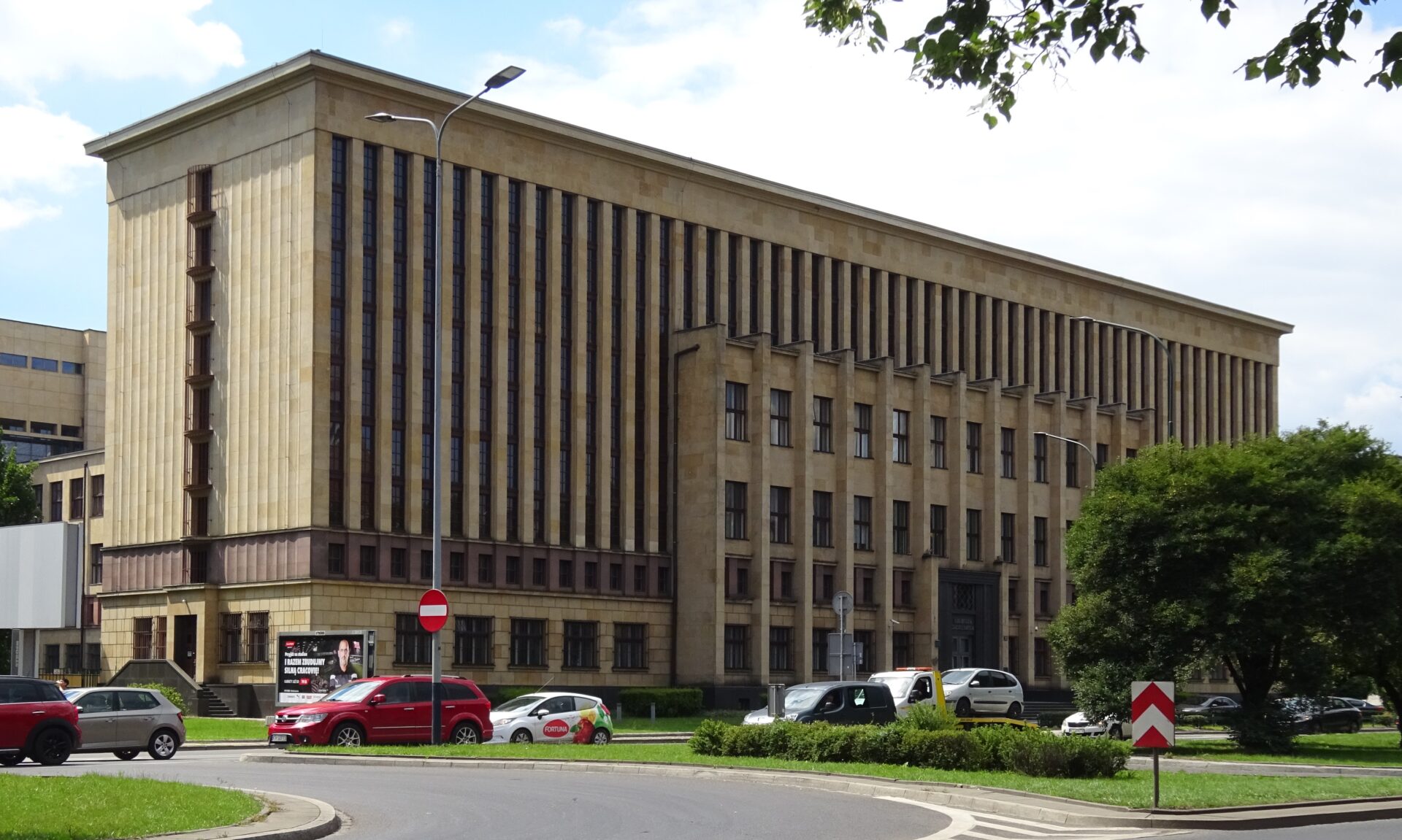
Universities as Seeds of Modern Democracy
Walking through Europe’s oldest university quarters, I’ve seen firsthand how academic communities pioneered democratic practices. Students and faculty formed self-governing bodies centuries before modern democratic governments emerged.
Bologna’s student guilds negotiated with city authorities for rights and protections. In Oxford and Cambridge, I noticed how college governance systems influenced parliamentary structures.
Archaeological discoveries, including skeletal remains found beneath university grounds, reveal diverse populations gathered for learning. These communities often included native peoples (called “Indians” in colonial-era documents) who brought knowledge back to their homelands.
University debates about natural rights and governance directly shaped revolutionary thinking in France, America, and beyond. These institutions fostered critical examination of power structures.
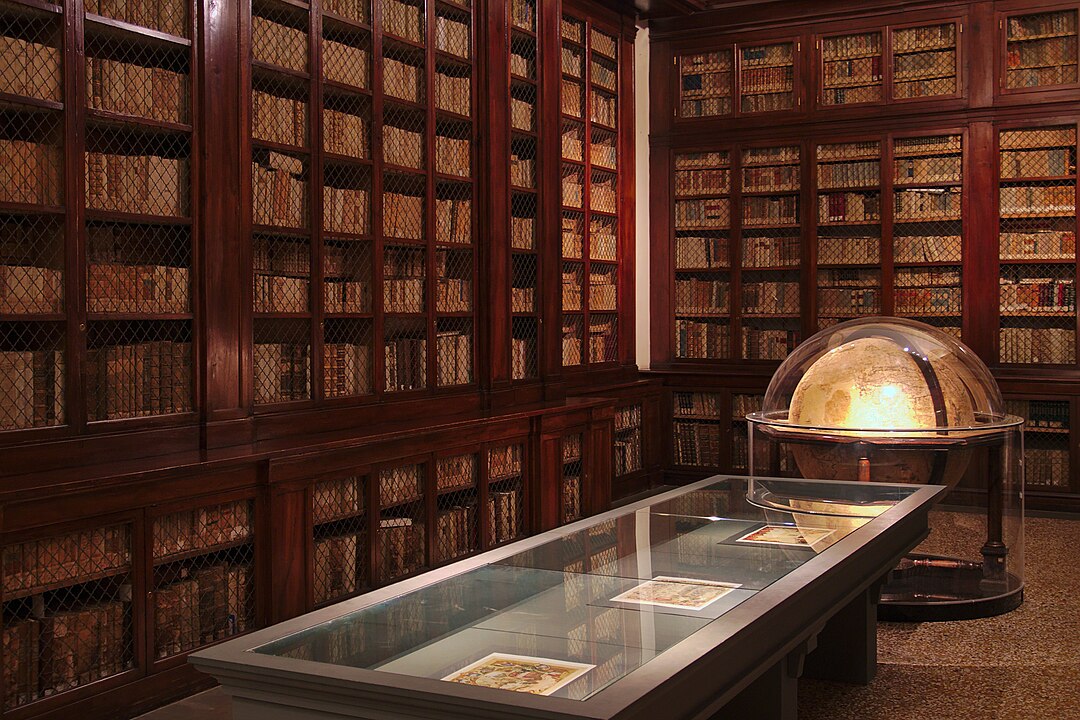
Post-War Reconstruction and Educational Reform
After 1945, European universities rebuilt their bombed buildings and educational systems. The Marshall Plan funded academic exchanges that renewed connections between American and European institutions.
Poland’s universities played a crucial role in preserving national identity during Soviet domination. Their resistance to ideological control demonstrates how academic freedom intertwines with democratic values.
Modern EU programs like Erasmus encourage student migration between member states. Countless students credit these exchanges with broadening their worldview and career opportunities.
Digital technologies now enable virtual migration of knowledge. However, physical presence in historic university quarters still offers unique learning experiences that online platforms can’t fully replace.
Frequently Asked Questions
Europe’s ancient universities hold fascinating stories of academic tradition, innovation, and cultural impact that continue to shape our world today. These historic institutions offer unique insights into how knowledge has been preserved and advanced through centuries.
Walking through the University of Bologna, I was struck by how the medieval architecture still houses cutting-edge research. Students still gather in courtyards where scholars have discussed ideas for nearly a millennium.
At Oxford University, I discovered the Bodleian Library with its collection of over 13 million printed items. The tradition of a formal oath not to damage books or bring fire into the library continues today, connecting modern scholars to medieval predecessors.
The University of Salamanca in Spain features a famous frog sculpture hidden on its ornate façade. Finding this small amphibian is said to bring good luck to students before exams, a tradition that has persisted for centuries.
During the Age of Discovery in the 15th and 16th centuries, European universities evolved dramatically as explorers returned with new knowledge. Universities expanded their curricula to include studies of newly discovered plants, animals, and astronomical observations.
The charting of coastlines between Columbus’s and Cabot’s landfalls prompted universities to develop more sophisticated mathematics and navigational sciences. These advancements still form the foundation of modern marine navigation courses.
The colonial expeditions of European powers created global academic networks. Universities established satellite campuses and exchange programs that continue today, though with a more equal partnership approach than in colonial times.
The birth of universities in Europe came from cathedral and monastic schools where clergy were trained. Bologna began as a center for legal studies, while Paris focused on theology and philosophy.
As I researched medieval university life, I found that students were grouped into “nations” based on their geographical origins. This system provided support networks for students far from home and evolved into today’s student associations and clubs.
The Renaissance period transformed universities from religious institutions to centers of humanistic learning. When I visited the University of Padua, I saw the anatomical theater where public dissections revolutionized medical education in the 16th century.
Academic regalia and ceremonial traditions remain remarkably preserved at Europe’s ancient universities. At the University of Coimbra in Portugal, I witnessed students still wearing their distinctive black capes, a tradition dating back centuries.
The collegiate system at Oxford and Cambridge created small learning communities within larger institutions. Walking through these colleges, I experienced how this structure fosters close relationships between students and professors that many modern universities try to replicate.
Europe’s oldest universities pioneered student-led governance models. The University of Bologna originally operated under student control, with students hiring and evaluating professors – an early version of today’s student feedback systems.
The influx of new information during the Age of Discovery created specialized academic departments. Botanical gardens at universities like Padua were established to study exotic plants from newly explored territories.
Libraries expanded dramatically to house maps, journals, and specimens from exploration voyages. When visiting these collections, I’m always amazed at how these resources attracted scholars from across Europe, creating international academic hubs.
Universities became more secular during this period as empirical knowledge challenged religious doctrine. This shift toward evidence-based learning remains a cornerstone of modern university education.
The Carolinum at Charles University in Prague offers a glimpse into Central European academic traditions dating back to 1348. I recommend timing your visit to witness graduation ceremonies held in the magnificent Aula Magna hall.
The University of Heidelberg’s Student Prison is one of my favorite unusual attractions. Until 1914, students were incarcerated here for minor offenses. They decorated the walls with graffiti that provides amusing insights into historical student life.
The Archiginnasio of Bologna houses an incredible anatomical theater with wooden carved figures. This 16th-century dissection room survived bombing during World War II and has been carefully restored to its original condition.

